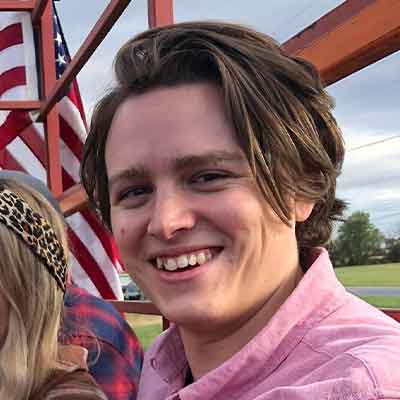
Tim Aikin
We are each a wonder. How do trillions of individual units, our cells, function in harmony to build and maintain a functional organism over the course of a life? Cells are fine-tuned to respond to environmental cues to grow and divide, differentiate, navigate their surroundings, produce and consume resources, and countless other behaviors. Somehow, our bodies function as a cohesively, allowing us to grow and live, think and act, as individuals. This requires our cells to respond in specific ways, or to make decisions.
Cellular decision making requires a system of signals, receptors to sense them, pathways to carry the message, and effectors to control the output. For example, growth factors activate receptors on the cell surface, which transmit signals via signaling pathways, until effectors elicit specific behaviors. Cells of different types respond to different signals, or to the same signal in different ways. Cell types and signaling pathways have evolved over millennia to be greatly diversified and highly specialized, so that our multicellular bodies act together to perform many different functions.
Occasionally, this requires our cells to act in the best interest of the organism, restricting their own growth, or even dying to ensure health of the overall system. Serious problems arise when cells ignore or distort these signals. When a single cell divides uncontrollably, ignoring signals to stop, it puts the whole organism at risk. Additional changes may allow that cell to escape surveillance or cell death as it continues to divide, and eventually a tumor may form or spread, threatening the entire organism. Cancer is the dysregulation of this finely tuned system, and the understanding of how cancer develops can tell us about the mechanisms which allow our cells to harmonize during healthy growth.
The following work is my attempt to decipher the connections between the signaling of individual cells, the decision-making controlling their behaviors, the collective actions of tissues, and the events leading to the dysregulated state that we know as cancer. My hope is that this work contributes to the understanding of multicellular life and human health.
